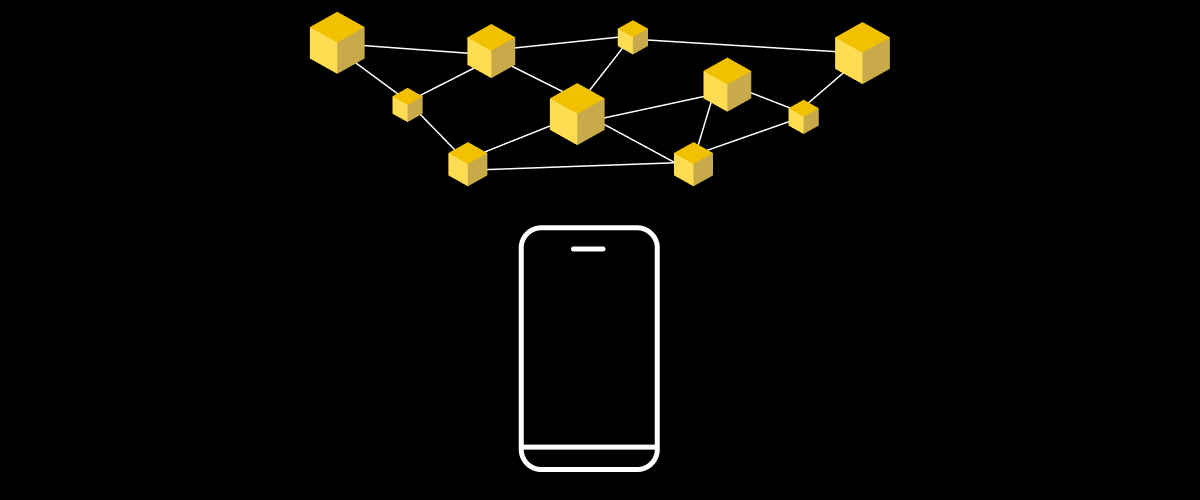When consumer anxiety is at an all-time high and CX organizations need more empathy than ever, what role do logic-driven bots play? And how can companies facing call-center shutdowns quickly deploy bots and new technology to augment support teams affected by COVID-19?
Those are just a few of the questions our CEO Mike de la Cruz and a team of panelists faced in the webcast, “Implementing Bots and a Channel Guidance Strategy to Ensure Service, Business & Information Continuity,” hosted by Execs in the Know (EITK).
The 90-minute discussion, led by EITK president Chad McDaniel, also featured CX executives from global brands Pizza Hut and H&R Block, along with solution providers HelpShift and HGS.
[WATCH THE RECORDED WEBCAST HERE]This is the second in a series of webcasts from EITK addressing how COVID-19 is affecting the customer service industry (Related: “Shifting to a Work-at-Home Agent Model Quickly & Effectively”). Here are five key takeaways:
We’re not ER doctors. But we’re on the front lines of customer anxiety
Anxiety is exceptionally high with all the uncertainty about our current global pandemic. And as consumers reach out to the brands they trust, customer service organizations have an enormous responsibility to be helpful — and empathetic. As Mike put it, “While we’re not ER workers, we are on the front lines of this crisis — and there are anxious consumers on the other side that need help.”
Companies that are able to quickly adapt — especially in the face of adversity — will be better off in the long term. “Consumers may be more forgiving, but they are still looking to companies for help,” said Pizza Hut’s VP of customer experience Paul Brandt. “And they’ll remember who was there and who wasn’t.”
Digitally mature companies are adapting more easily
As many brick-and-mortar call centers have shuttered and companies’ human-led support channels are in turmoil, digital channels like self-service and virtual agents can help pick up the slack. Different companies, of course, have different levels of digital maturity. Naturally, the companies with a more advanced digital infrastructure have been more apt at adapting to the crisis. They’ve seamlessly extended digital solutions to handle surges in support instances — and added new tools on top of their modern digital tech stack.
However, even for brands and industries that aren’t digitally mature, there’s hope. Some technology can be deployed in a matter of days that can immediately augment support needs in the current crisis.
Think triage now — and more capable intelligent virtual agent later
You can’t just launch a super-intelligent virtual agent (VA) in a matter of days. Building, deploying, and optimizing a VA takes place over weeks and months — and requires an ongoing commitment from companies to train it over its lifecycle. But you can pretty quickly use technology to triage customer needs in this time of crisis — and offer consumers a welcome alternative to spending hours of time on hold. One example: Use an IVR callback or webform/chatbot to capture phone numbers and basic information so that agents in the right department can call back customers when available. Another: Directly’s intelligent automation platform can help divert IVR volume to digital messaging channels, and also allow you to recruit your product or service’s super-users — usingthese gig workers to provide support and augment internal support teams.
Don’t launch a bot blind. Solve a customer problem
While companies are under duress to quickly find solutions and take the pressure off the contact center, they sometimes lose sight of the specific customer problems they are trying to solve. You can’t just roll out a bot and hope it can handle an arbitrary percentage of support inquiries. You need to look at the customer intents — the specific questions and needs — and figure the best way to resolve those. That understanding starts with analyzing your customer support data. Only then can you create meaningful automation and self-service resources that can address those issues — thereby reducing human agent call volume.
DIY isn’t a viable approach with bots
Any developer can deploy a simple bot. But to architect a successful virtual agent in the context of your overarching customer service ecosystem requires expertise. Especially during times of crisis, when you must be more attentive than ever to the needs of anxious customers. “It gets complex,” said Pizza Hut’s Brandt. “But don’t let the complexity scare you. … There are a lot of great experts and tools out there. Make use of those experts.”
Is the COVID-19 crisis stressing your customer service?
With quarantines and shelter-in-place orders causing contact centers to close, COVID-19 has forced many in our industry to re-think how we provide customer support. Companies such as Microsoft, Samsung, Airbnb, and Autodesk are using Directly’s AI platform to deploy intelligent virtual agents — and leverage a gig workforce to train those VAs and augment internal customer support. Our customers rely on us to resolve up to 80% of all contact center volume with a collective CSAT of more than 92%. Contact us to set up a demo of our platform today.
